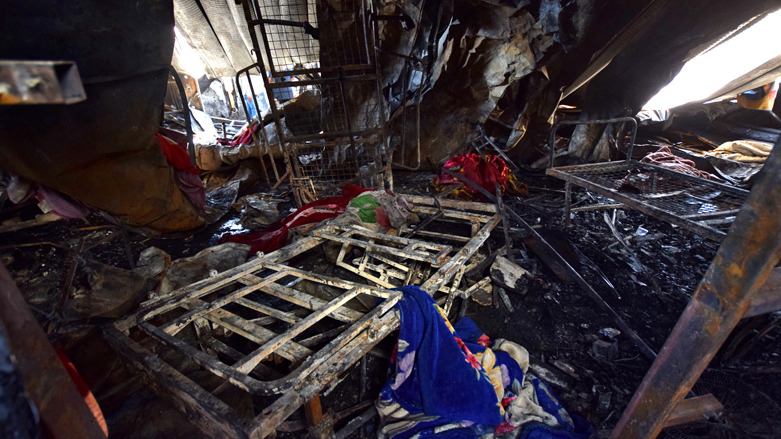Electrical fire sparks nationwide power outage in Iraq
Ministry spokesperson Ahmed Moussa told AFP that the outage affected the mains supply to "all of Iraq".

A fire at an electricity substation in southern Iraq triggered a nationwide power outage Saturday, authorities said, just as demand peaks amid the searing summer heat.
Electricity is a sensitive political issue in Iraq as despite the country's huge oil reserves, its dilapidated power grid is incapable of meeting peak demand and Iraqis endure hours-long outages every summer.
"The power grid experienced a total shutdown on Saturday at 12:40 pm (09:40 GMT) due to a fire that affected a transmission substation in Basra province," the electricity ministry said in a statement.
Ministry spokesperson Ahmed Moussa told AFP that the outage affected the mains supply to "all of Iraq".
The fire forced "the suspension of transmission lines" between the south and centre, and a halt to generation at power plants, the ministry said.
"Speedy repairs are under way... to gradually restart the power plants and transmission lines," it said, adding that it was hoped the grid would be "back to normal within the next few hours".
Rolling power cuts, which hit Iraq each summer and can last up to 10 hours a day, mean many households subscribe to neighbourhood generators to provide back-up power.
But not all families can afford it and not all generators provide sufficient power for larger devices such as air conditioners to cope with summer temperatures that can hit 50 degrees Celsius (122 Fahrenheit) in Baghdad and the south.
Peak summer demand reaches more than 32,000 megawatts (MW) a day. This year, for the first time, Iraq generated 26,000 MW per day, according to ministry figures.
